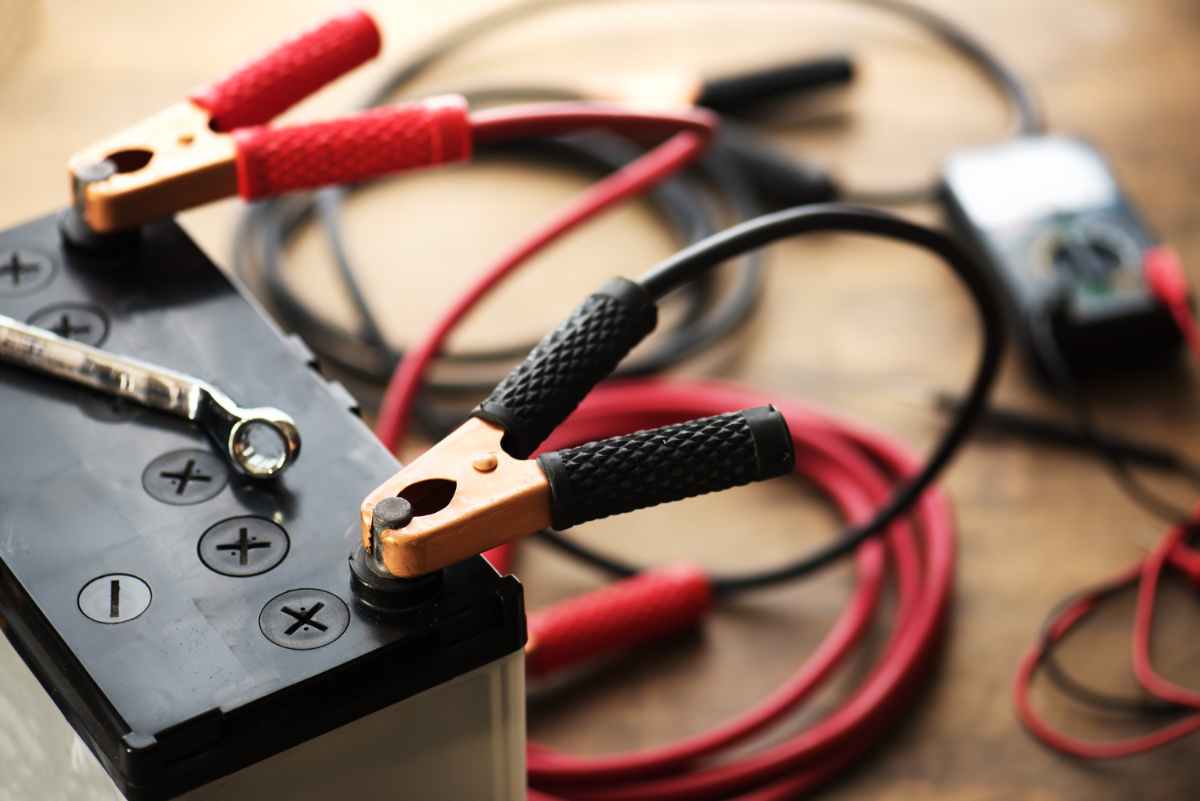

Articles
How To Store A Car Battery When Not In Use
Modified: December 7, 2023
Learn how to properly store a car battery when not in use with these helpful articles. Ensure the longevity and performance of your battery while it's not in operation.
(Many of the links in this article redirect to a specific reviewed product. Your purchase of these products through affiliate links helps to generate commission for Storables.com, at no extra cost. Learn more)
Introduction
When it comes to owning a car, maintenance is key. One important aspect of car ownership that often gets overlooked is the care and storage of the car battery. While many car owners focus on regular oil changes and tire rotations, properly storing the car battery when not in use is equally essential.
Storing a car battery correctly can help prolong its lifespan and ensure it maintains its charge. Whether you’re going on an extended vacation, storing a classic car for the winter season, or simply have a spare battery that’s not currently in use, taking the necessary steps to store it properly will save you time, money, and potential frustration down the road.
This article will guide you through the process of storing a car battery when it’s not in use. From preparation to maintenance and reinstallation, you’ll learn all the necessary steps to keep your battery in optimal condition while it’s in storage.
Key Takeaways:
- Properly storing a car battery when not in use is crucial for preserving its charge, preventing damage, and ensuring safety. Following the right steps and precautions can save time, money, and frustration in the long run.
- Regular maintenance and periodic checks are essential for keeping the car battery in good condition during storage. Monitoring the battery’s charge level, inspecting for damage or leaks, and protecting it from extreme temperatures are crucial tasks to prevent unexpected issues.
Read more: How To Store Car Battery When Not In Use
Why Store a Car Battery?
Storing a car battery properly is important for several reasons. First and foremost, it helps preserve the battery’s charge. Over time, car batteries naturally lose their charge, especially when not in use. By storing the battery correctly, you can minimize the rate of self-discharge and ensure that it remains ready for immediate use when you need it.
Proper storage also helps protect the battery from damage. Batteries are sensitive to temperature changes, extreme heat or cold can cause irreversible damage to the cells and reduce their overall lifespan. Storing the battery in a controlled environment will help prevent these temperature fluctuations and maintain its integrity.
Additionally, storing a car battery properly can prevent corrosion and damage to the battery terminals. Corrosion can hinder the flow of electricity, leading to poor performance and potentially causing starting issues when you reconnect the battery. By protecting the battery from moisture and corrosive substances, you can prevent unnecessary damage and ensure optimal performance.
Lastly, storing a car battery correctly is essential for safety reasons. Car batteries contain sulfuric acid, a corrosive substance that can cause burns or other injuries if mishandled. Storing the battery in a secure location, away from flammable materials and out of reach of children or pets, reduces the risk of accidents or damage.
Overall, storing a car battery properly is essential for maintaining its charge, preserving its lifespan, preventing damage, and ensuring safety. By following the right steps and taking the necessary precautions, you can ensure that your car battery is always ready to power up your vehicle when you need it.
Preparing the Battery for Storage
Before you store a car battery, it’s important to prepare it properly to ensure optimal performance and longevity. Follow these steps to prepare your battery for storage:
- Clean and Inspection: Start by cleaning the battery and inspecting it for any signs of damage or corrosion. Use a mixture of baking soda and water to clean the terminals and remove any built-up dirt or residue. Inspect the battery for any cracks, leaks, or other visible damage. If you notice any issues, it’s best to have the battery inspected or replaced before storage.
- Choose the Right Storage Location: Look for a cool, dry, and well-ventilated area to store the battery. Extreme temperatures can damage the battery, so avoid storing it in places that are prone to extreme heat or cold. A garage or a storage shed with consistent temperature and humidity levels is an ideal choice.
- Remove the Battery from the Vehicle: Disconnect the battery from the vehicle before storing it. This will eliminate any electrical drain and prevent potential damage to the vehicle’s electrical system. Follow the manufacturer’s instructions or consult a professional if you’re unsure how to safely remove the battery.
- Disconnecting the Battery: Start by disconnecting the negative (black) battery cable, followed by the positive (red) cable. Use a wrench or a battery terminal puller to loosen and remove the cable terminals from the battery posts. Make sure to label or take note of which cable goes where for easy reinstallation later.
- Cleaning the Battery Terminals: After disconnecting the cables, clean the battery terminals using a wire brush or battery terminal cleaner. This will remove any corrosion or build-up and ensure a good connection when you reinstall the battery. Ensure that the terminals are completely dry before proceeding.
By following these steps, you can properly prepare your car battery for storage. Taking the time to clean, inspect, and disconnect the battery will help maintain its performance and prevent any potential damage during the storage period. In the next section, we will discuss how to store the battery safely.
Cleaning and Inspection
Before storing your car battery, it’s important to thoroughly clean and inspect it to ensure it’s in good condition. Follow these steps for proper cleaning and inspection:
- Clean the Battery Exterior: Start by wearing protective gloves and safety goggles. Mix a solution of baking soda and water in a container until it forms a paste-like consistency. Use a clean cloth or sponge to apply the paste to the battery exterior, including the top, sides, and bottom. Scrub gently to remove any dirt or grime. Rinse the battery with clean water and wipe it dry with a cloth.
- Inspect for Damage: Examine the battery for any signs of damage, such as cracks, leaks, or bulges. Check the terminals, posts, and casing thoroughly. If you notice any visible damage, it’s important to have the battery inspected by a professional or replaced before storing it.
- Inspect the Battery Cables and Terminals: Inspect the battery cables and terminals for any corrosion or buildup. Corrosion can hinder the flow of electricity and lead to poor performance. If you notice any corrosion, use a wire brush or battery terminal cleaner to gently remove it. Ensure that the terminals are clean and free of any debris.
- Check the Battery Voltage: Use a battery voltage tester or a multimeter to check the battery’s voltage. A fully charged battery should have a voltage reading between 12.4 and 12.6 volts. If the voltage is significantly lower, it may indicate a weak battery that needs to be charged or replaced before storage.
- Perform a Load Test: If you have the necessary equipment, consider performing a load test on the battery. This will help determine its overall health and capacity. A load test simulates the battery’s workload and measures how well it can perform. If the battery fails the load test, it’s advisable to replace it before storage.
By thoroughly cleaning and inspecting the battery, you can identify any potential issues and address them before storing it. This will help ensure that the battery remains in good condition during its storage period. In the next section, we will discuss how to choose the right storage location for your battery.
Choosing the Right Storage Location
When it comes to storing a car battery, selecting the proper storage location is crucial to ensure its longevity and performance. Here are some factors to consider when choosing the right storage location:
- Temperature: Extreme temperatures can cause damage to the battery. Avoid storing it in areas that are susceptible to extreme heat or cold, such as direct sunlight or near heating sources. Look for a storage location with consistent and moderate temperatures.
- Humidity: Excessive moisture can lead to corrosion and damage the battery terminals. Choose a dry storage location that is protected from moisture or humidity fluctuations, such as a garage or storage shed.
- Ventilation: It’s important to store the battery in a well-ventilated area to prevent the buildup of any potentially harmful gases. Good air circulation will help dissipate any gases that may be emitted by the battery during storage.
- Security: Consider the security of the storage location. Ensure that it is a safe and secure area, away from potential theft or damage. If possible, store the battery in a locked storage cabinet or in a location that is not easily accessible.
- Accessibility: While the battery is in storage, you may need to periodically check its condition or perform maintenance. Choose a storage location that is easily accessible and allows you to retrieve the battery when needed without hassle.
By considering these factors, you can choose an optimal storage location for your car battery. A cool, dry, well-ventilated, and secure area will help protect the battery from damage and ensure it remains in good condition during its storage period. In the next section, we will discuss the steps to safely remove the battery from the vehicle.
Read more: How To Store Batteries When Not In Use
Removing the Battery from the Vehicle
Before storing a car battery, it’s necessary to remove it from the vehicle to ensure proper maintenance and prevent any potential damage. Follow these steps to safely remove the battery:
- Gather the Necessary Tools: Before you begin, gather the necessary tools, such as gloves, safety goggles, and a wrench or battery terminal puller. These tools will help you disconnect the battery easily and safely.
- Turn off the Vehicle: Ensure that the vehicle is turned off and the keys are removed from the ignition. This will prevent any accidental electrical contact or injury during the removal process.
- Locate the Battery: Depending on the vehicle, the battery may be located in the engine bay, trunk, or under the rear seat. Refer to your vehicle’s owner’s manual if you’re unsure of the battery’s location.
- Disconnect the Negative Cable: Start by disconnecting the negative (black) cable from the battery. Loosen the nut on the negative terminal using a wrench and gently pull the cable away from the terminal. Be careful not to touch any metal surfaces with the wrench or allow the wrench to come into contact with the positive terminal.
- Disconnect the Positive Cable: Once the negative cable is disconnected, proceed to disconnect the positive (red) cable using the same method. Loosen the nut on the positive terminal and remove the cable from the terminal.
- Safely Lift the Battery: Use both hands to carefully lift the battery out of its housing. Car batteries can be heavy, so be sure to use proper lifting techniques and avoid straining your back. Place the battery on a sturdy, non-conductive surface to avoid any accidental electrical connection.
By following these steps, you can safely remove the battery from the vehicle. Remember to take precautions to avoid electrical contact and use proper lifting techniques. With the battery successfully removed, you’re now ready to proceed with the next steps of cleaning and storing the battery.
To store a car battery when not in use, it’s best to keep it in a cool, dry place and periodically charge it to maintain its health. Avoid storing it directly on concrete to prevent discharge.
Disconnecting the Battery
Disconnecting the battery is an important step before storing it to prevent any electrical drain and ensure the safety of the battery and the vehicle. Follow these steps to properly disconnect the battery:
- Gather the Necessary Tools: Before you begin, gather the necessary tools, such as gloves, safety goggles, and a wrench or battery terminal puller. These tools will help you disconnect the battery safely.
- Turn off the Vehicle: Ensure that the vehicle is turned off and the keys are removed from the ignition. This will prevent any accidental electrical contact or injury during the disconnection process.
- Identify the Battery Terminals: Take a moment to familiarize yourself with the battery and locate the positive (+) and negative (-) terminals. The positive terminal is typically marked with a plus sign or the letters “POS” and may have a red cable connected to it. The negative terminal is usually marked with a minus sign or the letters “NEG” and may have a black cable connected to it.
- Disconnect the Negative Cable: Start by disconnecting the negative (black) cable. Use a wrench or a battery terminal puller to loosen the nut on the negative terminal. Once the nut is loose, gently pull the negative cable away from the terminal. Be careful not to touch any metal surfaces with the wrench or allow it to come into contact with the positive terminal.
- Disconnect the Positive Cable: After disconnecting the negative cable, proceed to disconnect the positive (red) cable. Use the same method as above to loosen the nut on the positive terminal and remove the cable from the terminal.
- Secure the Cables: Once the cables are disconnected, secure them away from the battery terminals to prevent accidental contact. You can use cable ties or insulated tape to hold the cables in place.
By following these steps, you can safely disconnect the battery from the vehicle. Remember to use the necessary tools, avoid electrical contact, and secure the cables properly. With the battery disconnected, you can proceed with cleaning the battery terminals and preparing it for storage in the next steps.
Cleaning the Battery Terminals
Cleaning the battery terminals is an important step in maintaining the performance and longevity of your car battery. Over time, corrosion and buildup can accumulate on the battery terminals, impeding the flow of electricity and affecting the battery’s performance. Follow these steps to clean the battery terminals effectively:
- Gather the Necessary Supplies: Before you start cleaning, gather the necessary supplies. You will need gloves, safety goggles, a wire brush or battery terminal cleaner, and a mixture of baking soda and water.
- Put on Safety Gear: It’s important to protect yourself during the cleaning process. Wear gloves to avoid direct contact with any corrosive substances and safety goggles to shield your eyes from any debris.
- Mix the Cleaning Solution: Prepare a mixture of baking soda and water. In a small container, mix about 2-3 tablespoons of baking soda with enough water to form a thick paste-like consistency.
- Apply the Cleaning Solution: Using a clean cloth or sponge, apply the baking soda paste to the battery terminals and cable ends. Make sure to cover all areas with corrosion or buildup. Allow the paste to sit on the terminals for a few minutes to break down the corrosion.
- Scrub the Terminals: Take a wire brush or battery terminal cleaner and gently scrub the terminals and cable ends. Use back-and-forth or circular motions to remove the corrosion and buildup. Be careful not to exert too much force, as you don’t want to damage the terminals.
- Rinse with Water: Once you’ve scrubbed off the corrosion, rinse the terminals and cable ends with clean water. Use a damp cloth or sponge to wipe away any remaining residue.
- Dry the Terminals: After rinsing, use a dry cloth or towel to thoroughly dry the terminals and cable ends. It’s crucial to ensure that there is no moisture left on the terminals, as it can lead to further corrosion.
By following these steps, you can effectively clean the battery terminals and remove any corrosion or buildup. Regularly cleaning the battery terminals will help maintain a good connection and ensure the battery’s optimal performance. With the terminals cleaned, you’re now ready to proceed with storing the battery.
Storing the Battery
Proper storage of a car battery is essential to maintain its performance and prolong its lifespan. Follow these steps to ensure the battery is stored correctly:
- Choose a Suitable Container: Find a clean, dry, and non-conductive container to store the battery. A plastic or wooden container is ideal for this purpose. Avoid using metal containers as they can conduct electricity and lead to potential hazards.
- Place the Battery in the Container: Carefully place the battery in the container, ensuring it sits upright and is stable. Avoid stacking multiple batteries on top of each other to prevent any accidental damage or short-circuits.
- Protect the Terminals: To prevent any contact or short-circuits, cover the battery terminals with a layer of electrical tape or terminal protectors. This will help protect against accidental electrical discharge and minimize the risk of corrosion during storage.
- Store in a Cool, Dry Location: Find a storage location that is cool, dry, and well-ventilated. Extreme temperatures and moisture can damage the battery. Avoid placing the battery near heating sources, direct sunlight, or areas with high humidity levels.
- Avoid Exposure to Freezing Temperatures: If you live in a region with freezing temperatures, make sure the storage location is above freezing to prevent any damage to the battery. Extremely cold temperatures can cause the battery to freeze, resulting in irreversible damage.
- Check the Battery Regularly: While in storage, check the battery periodically to ensure it remains in good condition. Inspect for any signs of leakage, damage, or corrosion. If you notice any issues, it’s advisable to have the battery inspected by a professional before reinstalling it.
By following these steps, you can ensure that your car battery is stored safely and properly. Remember to choose a suitable container, protect the terminals, and store the battery in a cool and dry location. By taking these precautions, you can maintain the battery’s performance and be confident that it will be in good condition when you need to reinstall it.
Battery Maintenance during Storage
While storing a car battery, it is important to perform certain maintenance tasks to keep it in optimal condition. Follow these guidelines to maintain the battery during storage:
- Keep the Battery Charged: Check the battery’s charge level periodically during storage. If the battery voltage drops below a certain level (usually around 12.4 volts for a fully charged battery), it will start to lose its charge. To prevent this, consider using a battery maintainer or trickle charger to keep the battery charged. This will help preserve its capacity and ensure that it’s ready for use when needed.
- Inspect for Leakage or Damage: Regularly inspect the battery for any signs of leakage, bulging, or damage. If you notice any of these issues, it’s important to have the battery inspected by a professional. Damaged batteries should not be used and may need to be replaced.
- Check and Clean the Terminals: Periodically check the battery terminals for any signs of corrosion. If corrosion is present, use a wire brush or battery terminal cleaner to remove it. Clean the terminals and cable ends with a mixture of baking soda and water. This will help maintain good electrical conductivity and prevent any potential starting issues.
- Avoid Deep Discharge: If you are not using a battery maintainer, it’s important to avoid deep discharge during storage. Deep discharge occurs when the battery’s charge drops to a very low level, which can lead to irreversible damage. If the battery voltage drops below a certain threshold, recharge it promptly to prevent deep discharge.
- Protect from Extreme Temperatures: Ensure that the battery is stored in a location that is protected from extreme temperatures. Batteries are sensitive to both high heat and freezing cold. Extreme temperatures can cause damage to the battery cells and reduce its overall lifespan. Storing the battery in a controlled environment will help prevent these temperature fluctuations.
- Avoid Storing near Flammable Materials: It’s important to store the battery away from flammable materials. Batteries emit hydrogen gas during normal operation, which is highly flammable. Storing the battery in a well-ventilated area and away from any potential ignition sources will minimize the risk of fire or explosion.
By following these maintenance guidelines, you can ensure that your car battery remains in good condition during storage. Regularly check the battery’s charge, inspect for damage or leakage, clean the terminals, and protect it from extreme temperatures and potential hazards. With proper maintenance, the battery will be ready to reinstall when you need it.
Reinstalling the Battery
After storing your car battery, the time may come when you need to reinstall it. Follow these steps to safely and correctly reinstall the battery:
- Gather the Necessary Tools: Before you begin, gather the necessary tools. You will typically need gloves, safety goggles, and a wrench or battery terminal puller.
- Inspect the Battery: Before reinstalling the battery, give it a quick inspection. Check for any signs of damage, leakage, or corrosion. If everything looks good, you can proceed with the reinstallation process.
- Remove the Battery from Storage: Carefully remove the battery from its storage location. Handle it with care to avoid any accidental drops or damage.
- Clean the Battery Terminals: Inspect the battery terminals and cable ends for any corrosion or buildup. If necessary, clean them using a wire brush or battery terminal cleaner to ensure a solid connection and optimal performance.
- Position the Battery: Place the battery back into its designated location in the vehicle. Ensure that it is seated securely and properly aligned with the battery tray or holder.
- Reconnect the Cables: Start by connecting the positive (red) cable to the positive terminal and tighten the nut using a wrench. Next, connect the negative (black) cable to the negative terminal and tighten the nut as well. Make sure the connections are tight, but be careful not to over-tighten and risk damaging the terminals.
- Double-Check the Connections: After the cables are securely connected, double-check all connections to ensure they are tight and properly seated. This will minimize the risk of poor electrical connections and potential starting issues.
- Check Battery Voltage: Use a battery voltage tester or a multimeter to check the battery’s voltage. It should read within the normal range (around 12.4 to 12.6 volts for a fully charged battery). If the voltage is significantly below this range, the battery may need to be charged before use.
- Start the Vehicle: With the battery successfully reinstalled, start the vehicle and ensure that everything is functioning as expected. Check for any warning lights on the dashboard and listen for any unusual sounds. If there are any issues, it’s advisable to have the vehicle inspected by a professional.
By following these steps, you can safely and effectively reinstall the car battery. Make sure to clean the terminals, double-check the connections, and test the battery’s voltage before starting the vehicle. With the battery properly installed, you can confidently rely on it to power your vehicle.
Conclusion
Properly storing a car battery when it’s not in use is essential for maintaining its performance, longevity, and safety. By following the necessary steps and precautions, you can ensure that the battery remains in optimal condition during its storage period. From preparing the battery for storage to choosing the right location, disconnecting and cleaning the battery terminals, and storing it in a suitable container, each step plays a crucial role in preserving the battery’s charge and integrity.
Regular maintenance and periodic checks are also important during storage to keep the battery in good condition. Monitoring the battery’s charge level, inspecting for any damage or leaks, cleaning the terminals, and protecting it from extreme temperatures and potential hazards are essential tasks to carry out to prevent any unexpected issues down the line.
When the time comes to reinstall the battery, following the proper steps ensures a safe and effective reconnection. Checking the battery’s voltage, aligning and securing it in its designated location, reconnecting the cables, and testing the vehicle’s functionality are important steps to ensure a smooth and successful reinstallation process.
Remember, taking care of your car battery does not end when you turn off the vehicle. By properly storing and maintaining the battery during periods of non-use, you can prolong its lifespan, ensure reliable performance, and save yourself from unnecessary expenses and headaches.
In conclusion, investing a little time and effort into preparing, storing, and maintaining your car battery pays off in the long run. So, make sure to follow the guidelines outlined in this article and take the necessary steps to store your car battery properly. By doing so, you’ll be able to enjoy the benefits of a well-preserved battery that’s always ready to power up your vehicle when you need it.
Frequently Asked Questions about How To Store A Car Battery When Not In Use
Was this page helpful?
At Storables.com, we guarantee accurate and reliable information. Our content, validated by Expert Board Contributors, is crafted following stringent Editorial Policies. We're committed to providing you with well-researched, expert-backed insights for all your informational needs.
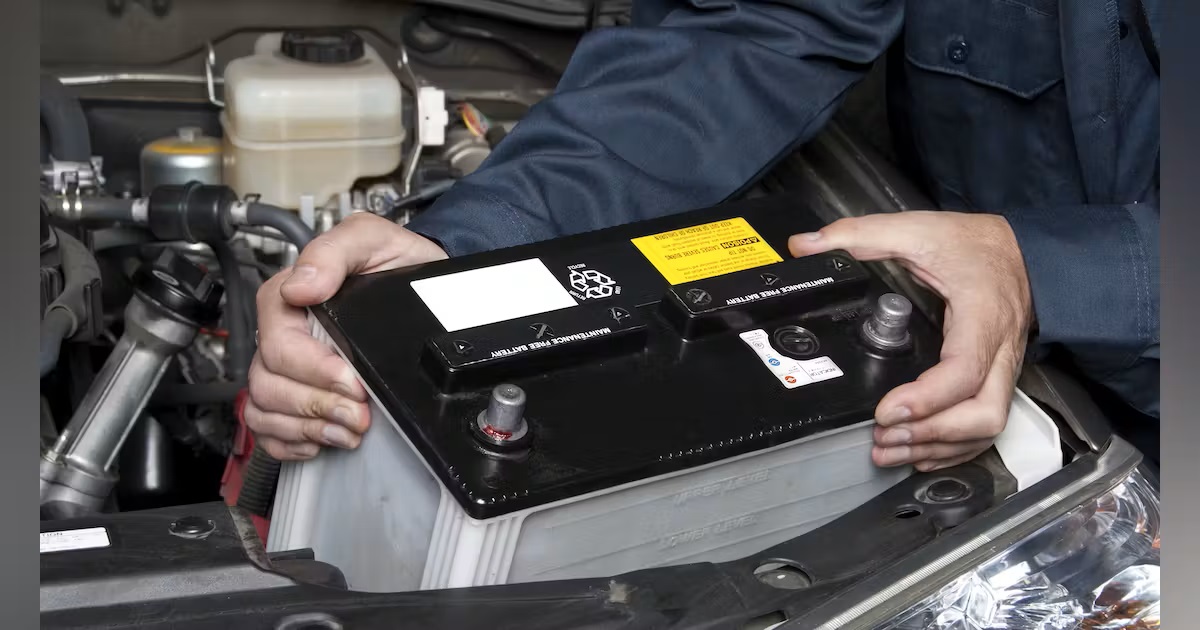
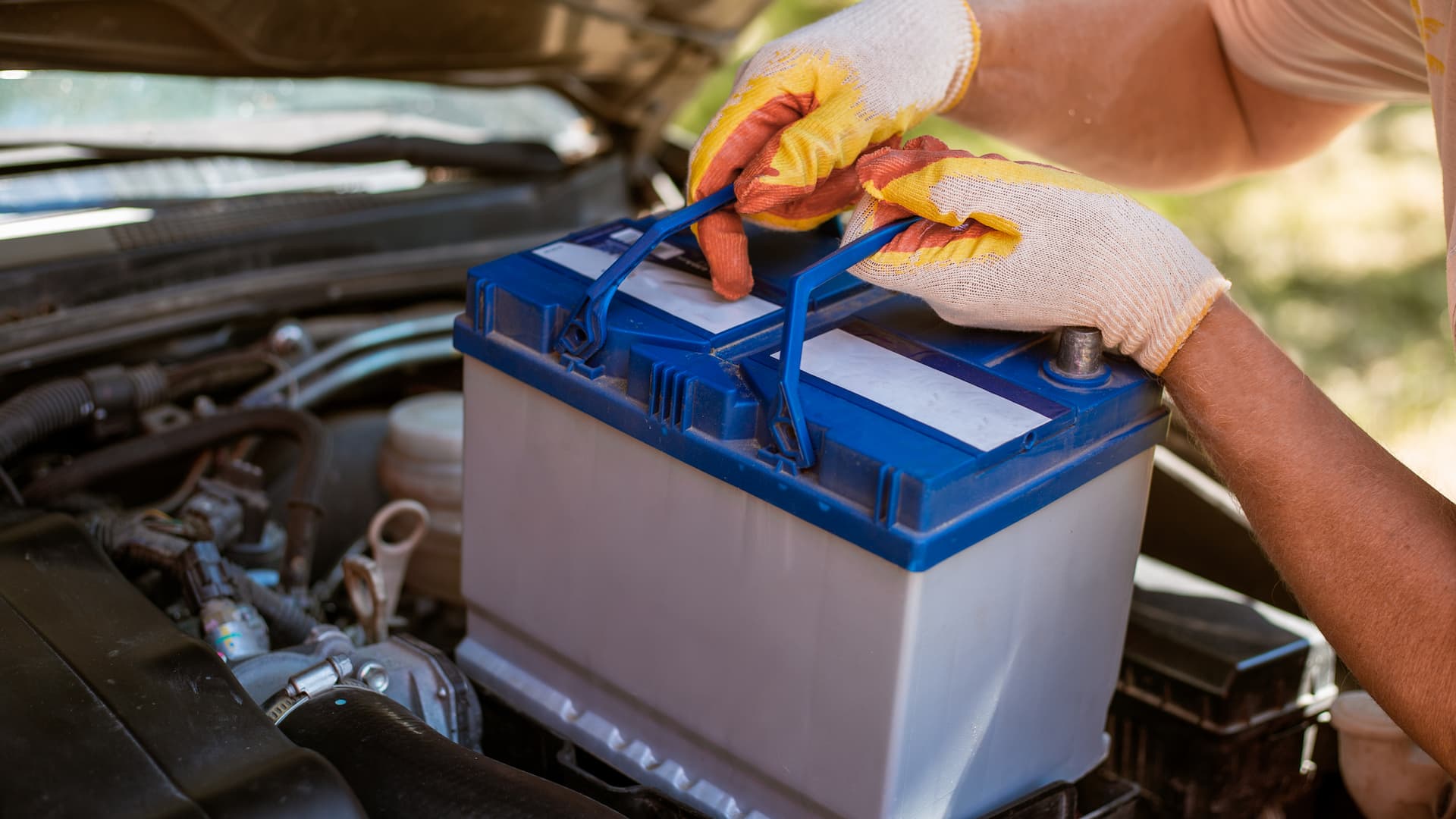
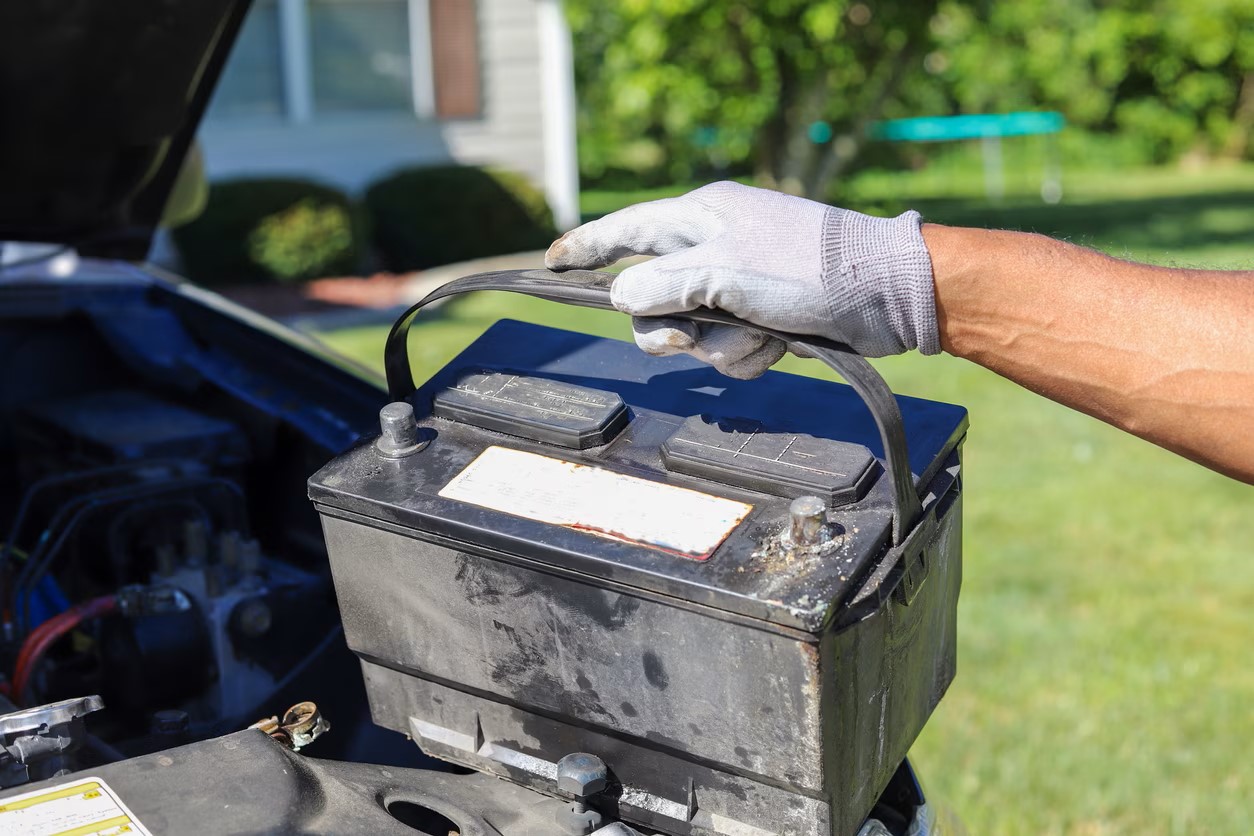

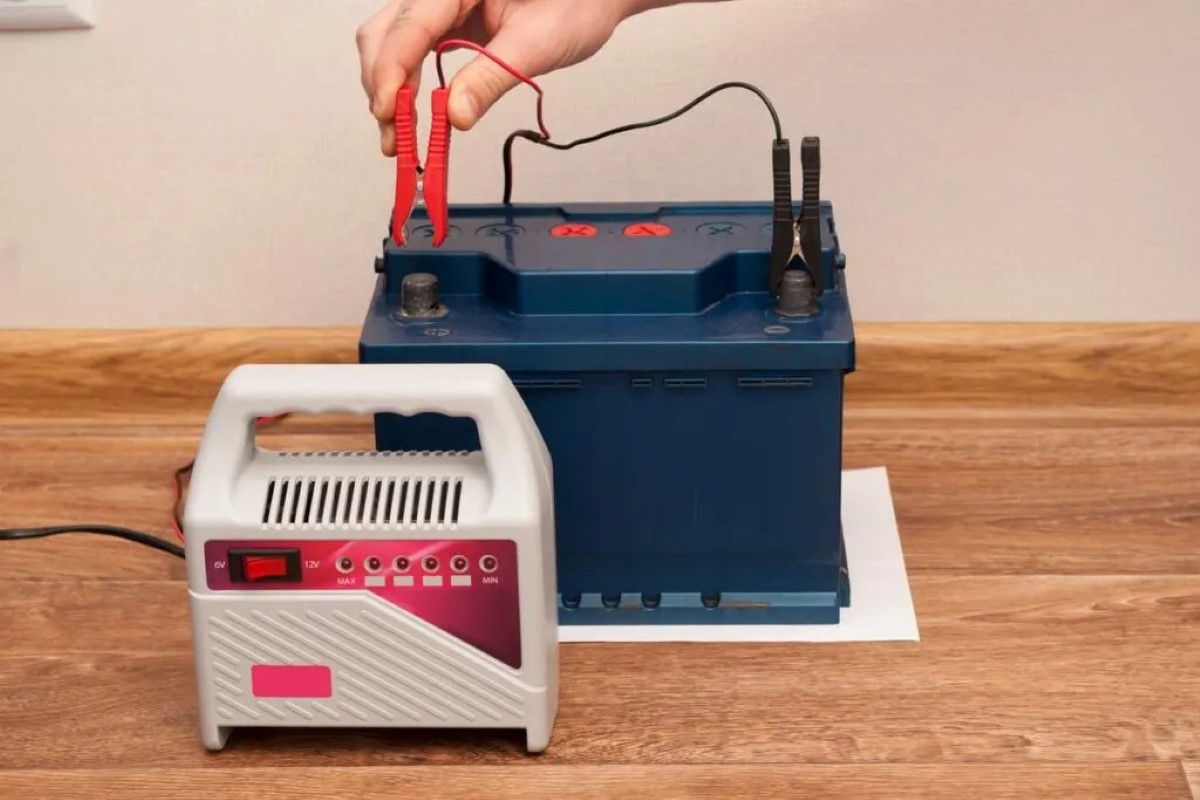




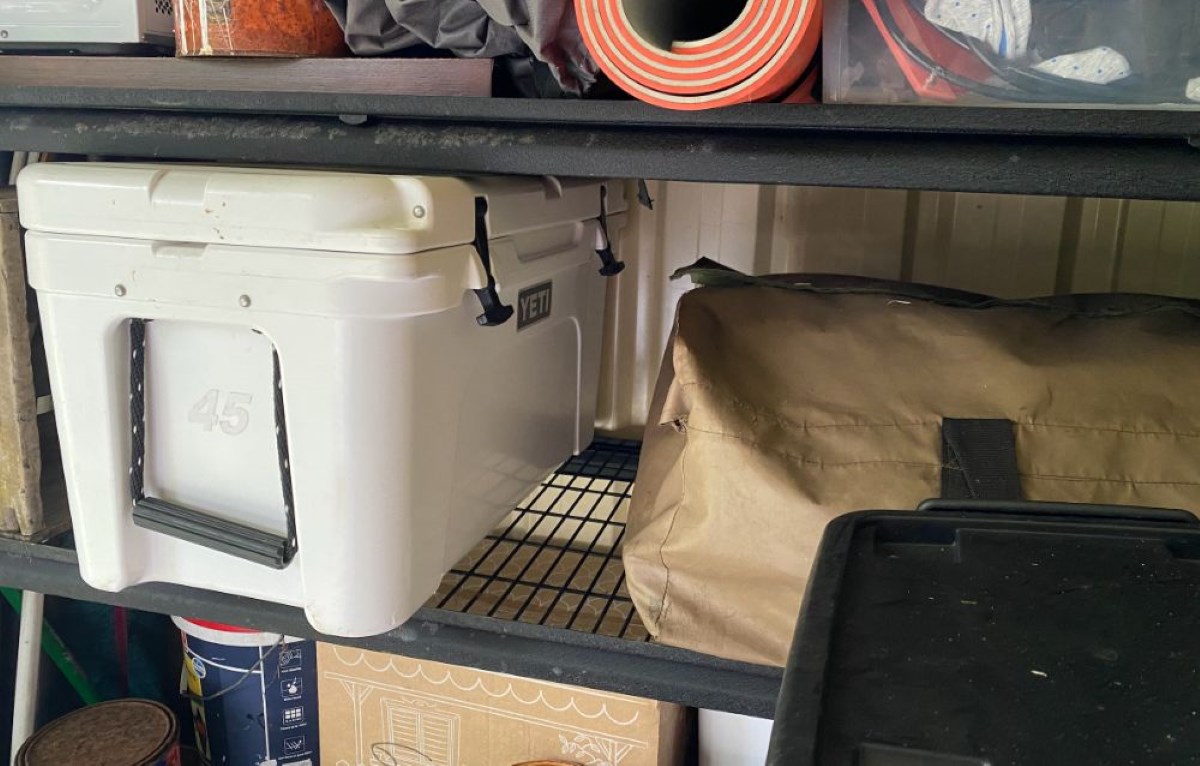
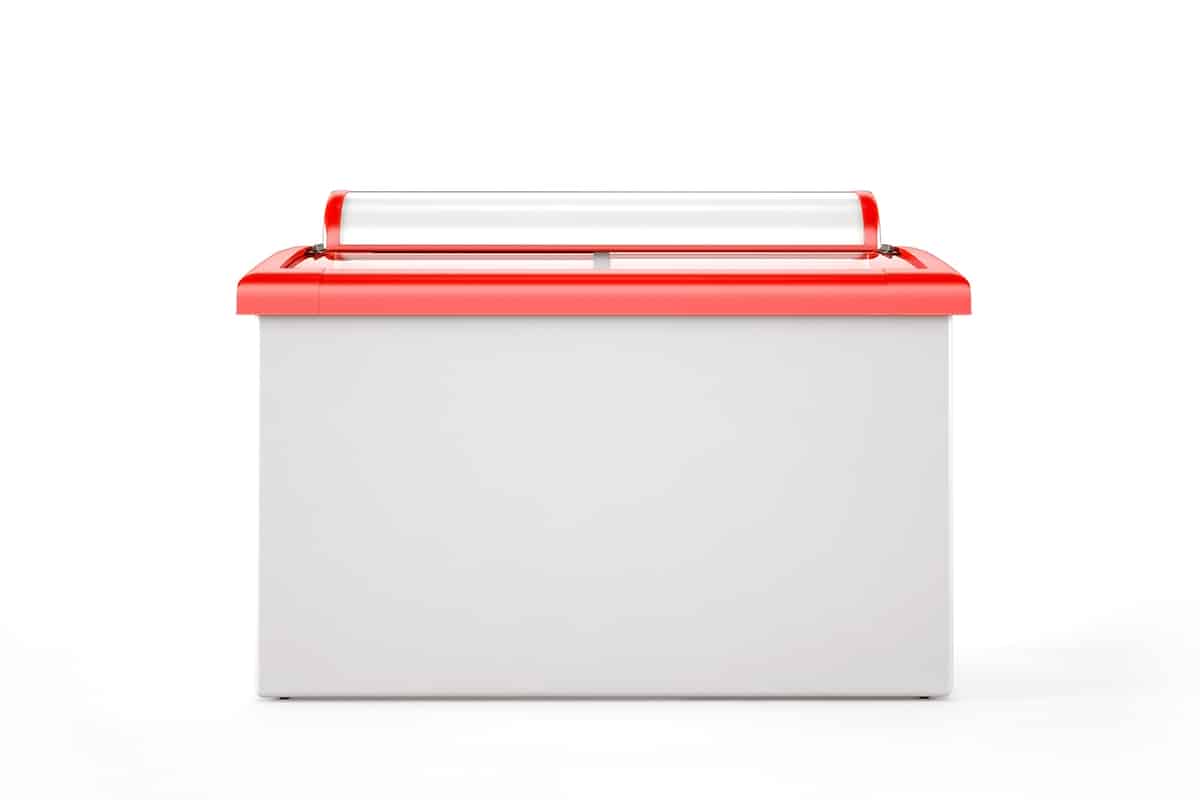

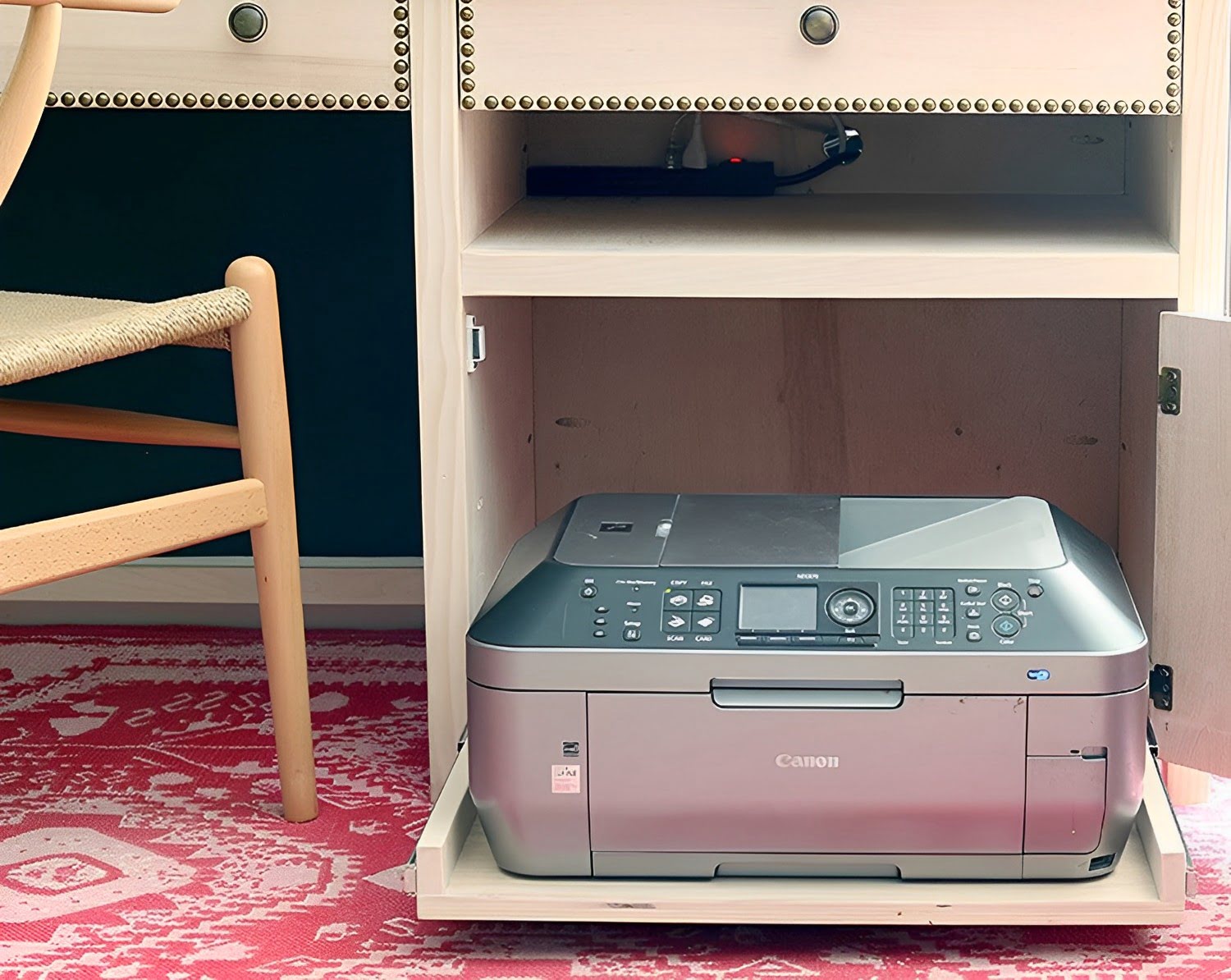

0 thoughts on “How To Store A Car Battery When Not In Use”